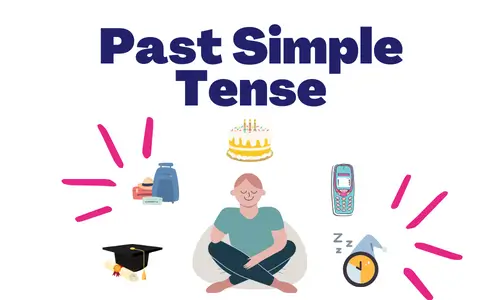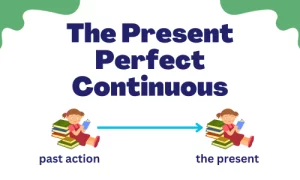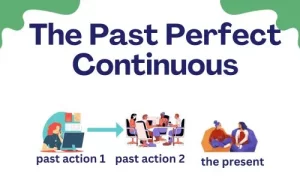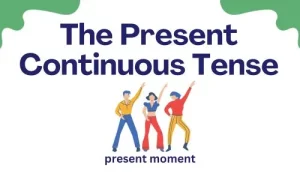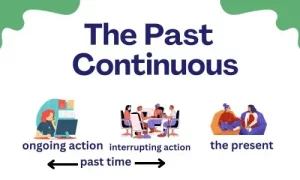The Past Simple tense helps us talk about things that already happened. It’s like a language tool for going back in time in sentences.
Forming Past Simple:
For regular verbs, just add “-ed” to the base verb. For example:
- Walk → Walked
- Play → Played
But some verbs don’t follow the rule. They’re a bit tricky, like:
- Go → Went
- Eat → Ate
When to Use Past Simple:
- Completed Actions: Use Past Simple for actions that happened and finished in the past.
- “I finished my homework.”
- “They visited Paris last summer.”
- Sequences of Events: Tell stories in order, like a timeline of events.
- “She woke up, had breakfast, and went to work.”
- Past Habits or States: Talk about things you used to do or how things were.
- “He used to play the piano.”
- “We lived in that house for ten years.”
Negatives in Past Simple:
To make a sentence negative, add “did not” (didn’t) before the base verb.
- I didn’t do my homework. (remember to use the base form of the verb after “didn’t”. If you say, “I didn’t did”, it’s not correct.)
Related article: English Grammar: Past Perfect Tense Made Easy
Questions in Past Simple:
For questions, start with “did,” then add the base verb.
- Did you finish your homework? (using “finished” is not correct)
Why Past Simple Matters:
- Storytelling: It’s like telling stories about what already happened. You can share experiences and memories.
- Talking About History: Use Past Simple to talk about things that occurred in the past, whether it’s personal or historical events.
In Conclusion:
The Past Simple tense is your tool for talking about things in the past. Whether it’s what you did yesterday or sharing an old memory, Past Simple helps you put it into words. It’s a way to time-travel through sentences, making your stories clear and easy to understand. Happy learning!
Practice English tenses with Aral Hub! Explore Aral Hub’s English courses to improve your English abilities!

